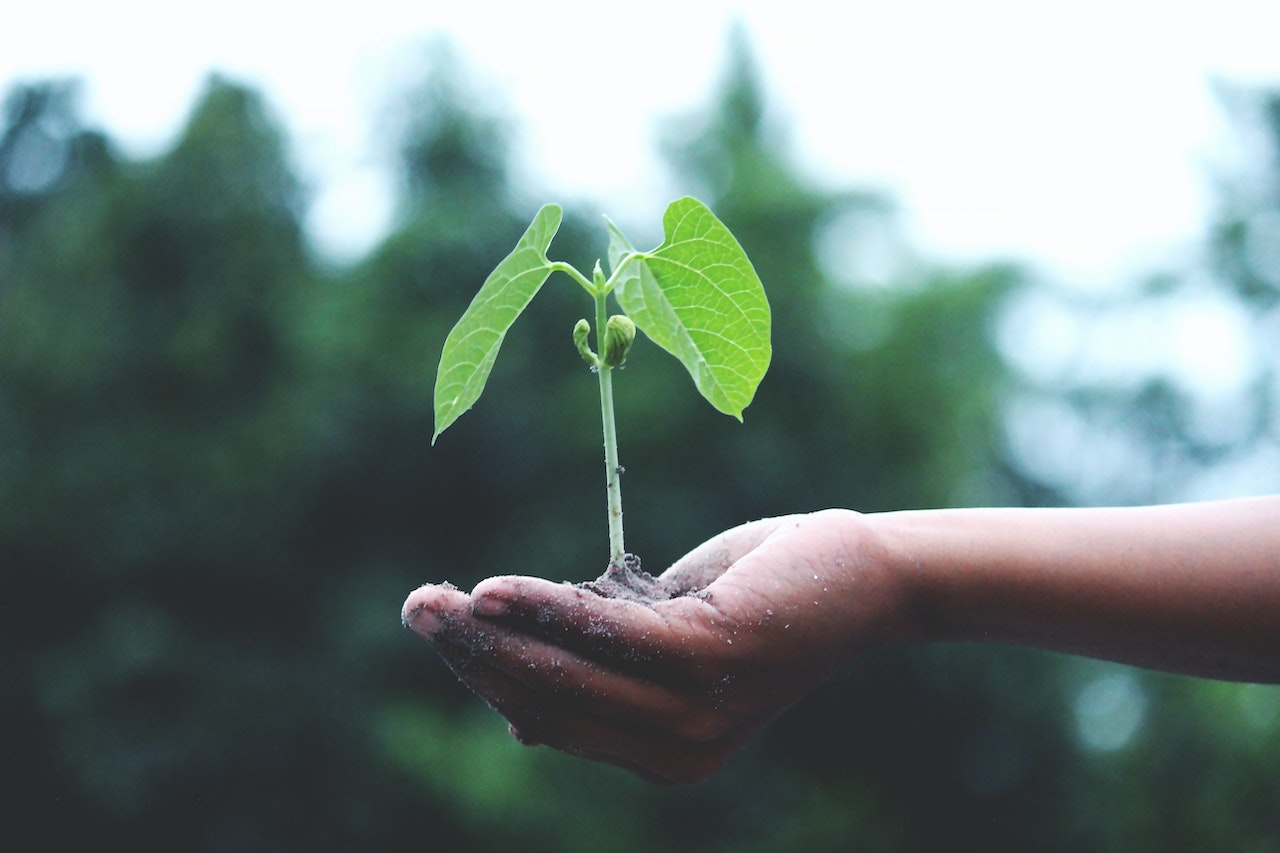This post was originally published on Sustainability Matters

The Waste Management and Resource Recovery Association of Australia’s (WMRR) inaugural Australian Resource Recovery Conference, to be held at the Adelaide Convention Centre on 16–17 October 2024, will explore how the nation can meet its 2030 target of an 80% resource recovery rate.
“Currently, Australia generates around 76 million tonnes of waste material a year and recovers only 45 million tonnes for a resource recovery rate of 63%,” said WMRR CEO Gayle Sloan. “This means the nation needs a net increase in resource recovery rate by about 1.5 million tonnes a year if it is to reach its 80% target by 2030.”
Sloan said this would require a huge shift in behaviour and action across the entire value chain given that, to date, per capita waste material continues to increase.
“Achieving this means there needs to be both a paradigm shift and behaviour change to address unnecessary consumption and overproduction of products in the first place,” she explained.
“There also needs to be a drive to create market demand for recycled materials, a reduction in the reliance on virgin material, and investment in all stages of extending life (reuse, repair) to increase local remanufacturing capacity and grow both Australian jobs and skills.”
This new national conference aims to bring together operators, practitioners, policymakers, regulators and product developers from across the country to discuss all aspects of material recovery, the manufacturing of products and maintaining a circular economy. At the same time, it will examine the waste recovery industry’s role in addressing emissions and biodiversity loss.
Keynote speakers include South Australian Deputy Premier Susan Close; SEC Newgate’s Sue Vercoe; CSIRO Environment’s Dr Heinz Schandl; Greens Spokesman on Waste and Recycling Senator Peter Whish-Wilson; and Green Industries SA CEO Josh Wheeler. There will also be a virtual address from Reloop co-founder and CEO Clarissa Morawski on lessons from Europe.
There will be eight technical and specialist sessions covering regulation; planning, infrastructure and investment; data insights; product and market development; education and behaviour change; regional and remote; innovation and technology; and disaster recovery.
“One of the challenges for the WARR industry is to educate the community that recycling doesn’t end when material goes in the recycling bin,” Sloan said. “It needs to extend to what people purchase in order to create the circularity required to make the system work as effectively as possible.
“Consumers, business and government should actively choose to buy recycled. Consumers need to use their purchasing power to influence business to use products made from recycled materials, be it packaging, compost or building products — the list goes on and on. Ask the question ‘is this made from recycled material and if not, why not?’
“The benefits of this are twofold — it is good for Australian green jobs and good for the planet.”
For more information, including the full program, click here.
Image credit: iStock.com/Rawpixel





0 Comments